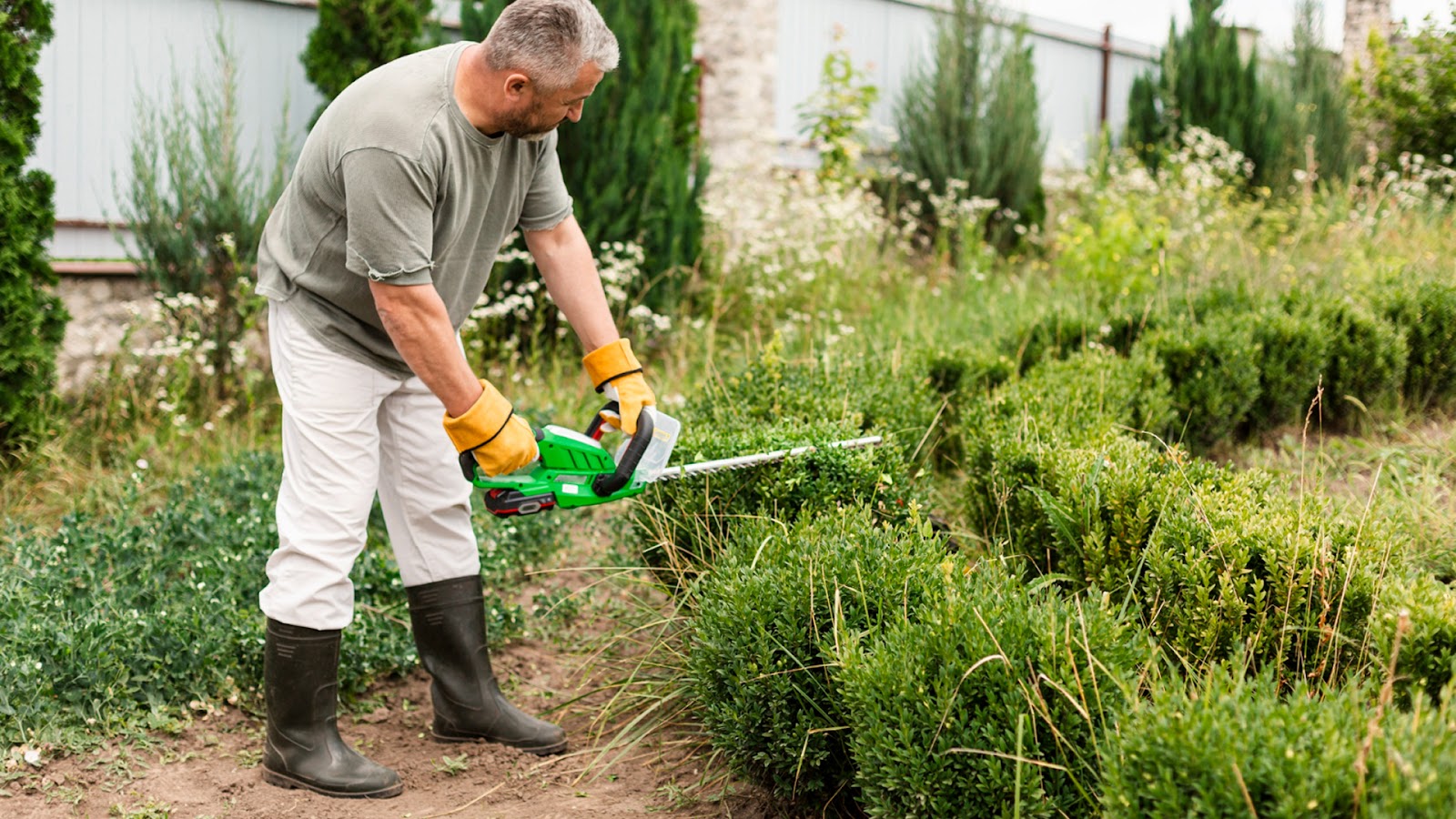A healthy lawn starts with knowing exactly when to mow. If you live in Buffalo, Amherst, or Cheektowaga, you’ve probably had moments where you looked at your yard and thought, “Is it time to cut this again?”
With changing weather and different grass types, it’s easy to second-guess how often you should be mowing. Local weather shifts, varied grass types, and shaded spots can make mowing feel unpredictable.
If you cut too short, your lawn struggles. Wait too long? Weeds creep in. That’s why, in this, we will offer you clear, practical tips to help you find the right rhythm for your lawn growth, the season, and what works in our region.
With a few minor adjustments, you can keep your lawn healthy, even, and easier to care for throughout the year.

Cutting your grass at the proper intervals does more than improve curb appeal it supports the long-term health of your lawn. Here’s what consistent, well-timed mowing can do for your yard:
When done correctly, mowing becomes one of the most effective ways to strengthen your lawn over time. To maintain consistent results, it is also helpful to understand what factors influence how often your grass should be cut.

How often you need to mow depends on how quickly your lawn grows, what kind of grass you have, and the conditions it’s growing in. For homeowners in Western New York, these variables change throughout the year.
Here’s what you should consider before setting a mowing schedule:
Understanding these factors makes it easier to time your mowing in a way that supports steady, healthy growth. From here, it becomes a matter of knowing how to turn that awareness into a routine that works for your lawn.

Remember that there’s no single rule that works for every yard. However, a few key principles can guide you toward a routine that fits your grass, climate, and conditions.
Here’s what to keep in mind:
Additionally, different grass varieties exhibit varying responses to different mowing frequencies. Here’s a table to give you a frame of reference:
With all this in mind, ensure that you let the actual height of your lawn guide your decision on when to mow. Also, good technique is absolutely necessary and can make each mow healthier for your lawn.

How you mow is just as important as how often you mow. Good technique can prevent stress, protect roots, and help your lawn stay even and healthy through the season.
Here are some pointers to keep in mind:
Wet grass leads to damage, uneven cuts, and clogged equipment. Cutting the lawn when it is dry helps you avoid soil compaction and torn blades. It also gives you a cleaner finish.
If it rained recently or the lawn is still damp from dew, wait until it dries before mowing. This simple adjustment protects your turf and your mower.
A sharp blade makes a clean cut. A dull one shreds the grass.
Sharpen your mower blades two to three times a year to reduce plant stress and prevent brown tips. Also, clean your mower deck regularly to stop disease from spreading between cuts.
The right height protects roots and promotes even growth. Match the mower height to your grass type and adjust it according to the seasons.
Raise the blades slightly during summer or drought to reduce stress and retain moisture. Cutting too low too often weakens your lawn over time.
Your lawn gives clear signs when something’s off. Yellow patches, spongy thatch, or slow recovery after mowing can indicate an incorrect frequency or height setting.
If you’re seeing uneven color or bare spots, it may be time to reassess how and when you’re mowing.
A good lawn is a result of paying attention to how your lawn responds to the weather, the time of year, and the kind of grass you have. And when you get your mowing timing right, your lawn stays greener, thicker, and easier to manage.
At Percy’s Lawn Care, we bring over two decades of hands-on experience helping homeowners in Buffalo, Amherst, and Cheektowaga take the stress out of lawn care.
Instead of cookie-cutter advice, we give you a mowing plan that’s tailored to your lawn’s growth patterns and long-term health. Whether your grass is growing too fast, thinning out, or exhibiting signs of stress, our team will help you get it back on track and maintain its health.
So if you want to skip the experimentation phase and enjoy a pristine green landscape? Contact us today for a personalized lawn assessment and a plan that works.
1. How often should I mow my lawn during the growing season?
Most lawns should be cut once every 7 to 10 days during active growth. This maintains a healthy height without stressing the grass.
2. What is the one-third rule, and why does it matter?
You should never remove more than one-third of the grass blade in one session. Cutting too much at once can weaken the plant and slow root development.
3. Can I leave grass clippings on the lawn?
Yes, as long as the clippings are short, dry, and disease-free. They break down quickly and return nutrients to the soil.
4. Is mowing when the grass is wet harmful?
Yes. Wet grass tears more easily, creates uneven cuts, and can clog the mower or damage the soil.
5. Should I change mowing frequency with the seasons?
Absolutely. Grass grows faster in spring and fall, so it needs more frequent mowing. In summer and winter, you can reduce how often you mow based on growth patterns.